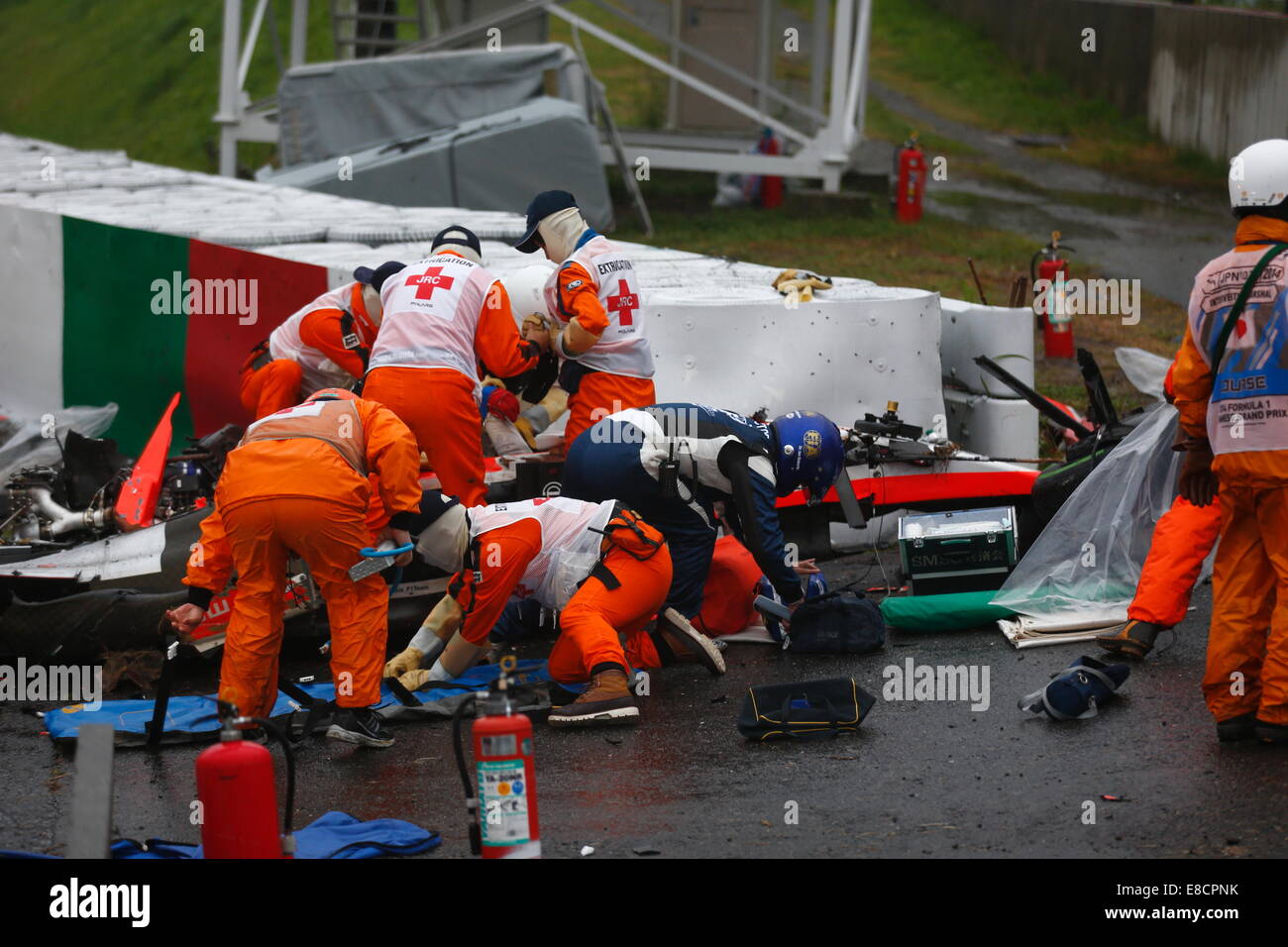
The paper also highlights the sensitivity and selectivity of various sensing modalities along with evolving parameters such as real-time monitoring and measurement via a smart user interface. This review focuses on the recent progress on various electrochemical and optical nanosensors developed for the analysis of the most common illicit drugs (or their metabolites) such as tetrahydrocannabinol (THC), cocaine (COC), opioids (OPs), amphetamines & methamphetamine, and benzodiazepine (BZDs). Point-of-care drug-testing devices have become the need-of-the-hour for many sections such as the law enforcement agencies, the workplaces, etc. These drugs influence an individual's feelings, perceptions, and emotions by altering the state of consciousness and thus can result in serious safety breaches at critical workplaces. Ĭonsumption of illicit narcotic drugs and fatal or criminal activities under their influence has become an utmost concern worldwide. 2015, Soltani & Jouyban 2011and Baranowska & Kowalski 2011. 2010) and high performance liquid chromatography (Thejaswini & Gurupadayya 2014, Elezovic et al. 2013), spectrophotometry (Harshad & Sugandha 2015, Rad et al. 2014, flow injection technique (Biparva et al. 2014, GC-MS (Yilmaz & Arslan 2011, Zaporozhets et al. 2014and Soleymanpour & Ghasemian 2015, voltammetry (Pan et al. Review of literature revealed that a large number of analytical methods have been used to quantify CARV, FURO, CARB and DIAZ in their bulk and pharmaceutical formulations as well as in biological fluids including potentiometry (Ghorbani et al.

2012) chemically it is ( carvedilol (CARV). Carvedilol (CARV) is a nonselective beta-blocker/ alpha-blocker antihypertensive agent, widely used in the treatment of hypertension, congestive heart failure, cardiac arrhythmia, and angina pectoris (Tapas et al.

The commonly used methods for the detection and quantification of BZDs include nuclear magnetic resonance (NMR), chromatography (GC-MS, HPLC, and TLC), immunoassay (ELISA, RIA, LFA, CEDEA, FPIA, and KIMS), and electroanalytical methods (voltammetry and potentiometry). The present review provides a summary of sample preparation techniques (solid-phase extraction and Liquid-liquid phase extraction) and the methods for the detection and quantification of BZDs molecules in the commonly used biological specimens over the ten last years which may potentially lead to better and accurate evaluation of the physiological state of a given person. Hence, it has become essential to analyze the BZDs drugs in human biological specimens for drug abuse in forensic sciences. Unfortunately, these drugs are present in the illegal street market, leading to a lot of drug abuse amongst some addicted users, road insecurity, and suicide. Indeed, the BZDs have been used in different therapeutic areas including insomnia, anxiety, seizure disorders, or general anesthesia. The prescription of psychotropic drugs, especially benzodiazepines (BZDs), occupies a preponderant place in the management of mental illnesses.

This data may help the analytical toxicology laboratory and health organizations operating in the field of analytical biochemistry to develop specific BZDs quantification and detection methods needed for the Moroccan population. To our knowledge, this is the first study that describes the consumption of BZDs and their agonists (Zolpidem, Zopiclone) in Morocco.

In 2017, Alprazolam was the most consumed followed by Bromazepam, Nordazepam, Zolpidem, Lorazepam, Parazepam, Diazepam, Dipotassium clorazepate, Dipotassium Clorazypate and Zopiclone with 0.94, 0.91, 0.6, 0.55, 0.45, 0.32, 0.18, 0.18, 0.07 and 0.05 daily defined doses/ 1000 inhabitants / day respectively. The Bromazepam was the molecule the most consumed during 2004-2016. Data analysis showed that the major BZDs sold in Morocco were Alprazolam, Bromazepam, Nordazepam, Lorazepam, Parazepam, Diazepam and two benzodiazepine agonists, Zolpidem and Zopiclone. The obtained data provide a dynamic approach to total BZDs consumption using an annual collection of sales data in Morocco and were expressed in terms of daily defined doses/ 1000 inhabitants / day. To describe prescription rate in Morocco, a retrospective descriptive analysis of BZDs and their agonists use with the institute IQIVIA database was performed during the period 2004-2017. Although information exists regarding the rate of benzodiazepines (BZDs) use in different countries, little information is available concerning the BZDs consumption in Morocco.


 0 kommentar(er)
0 kommentar(er)
